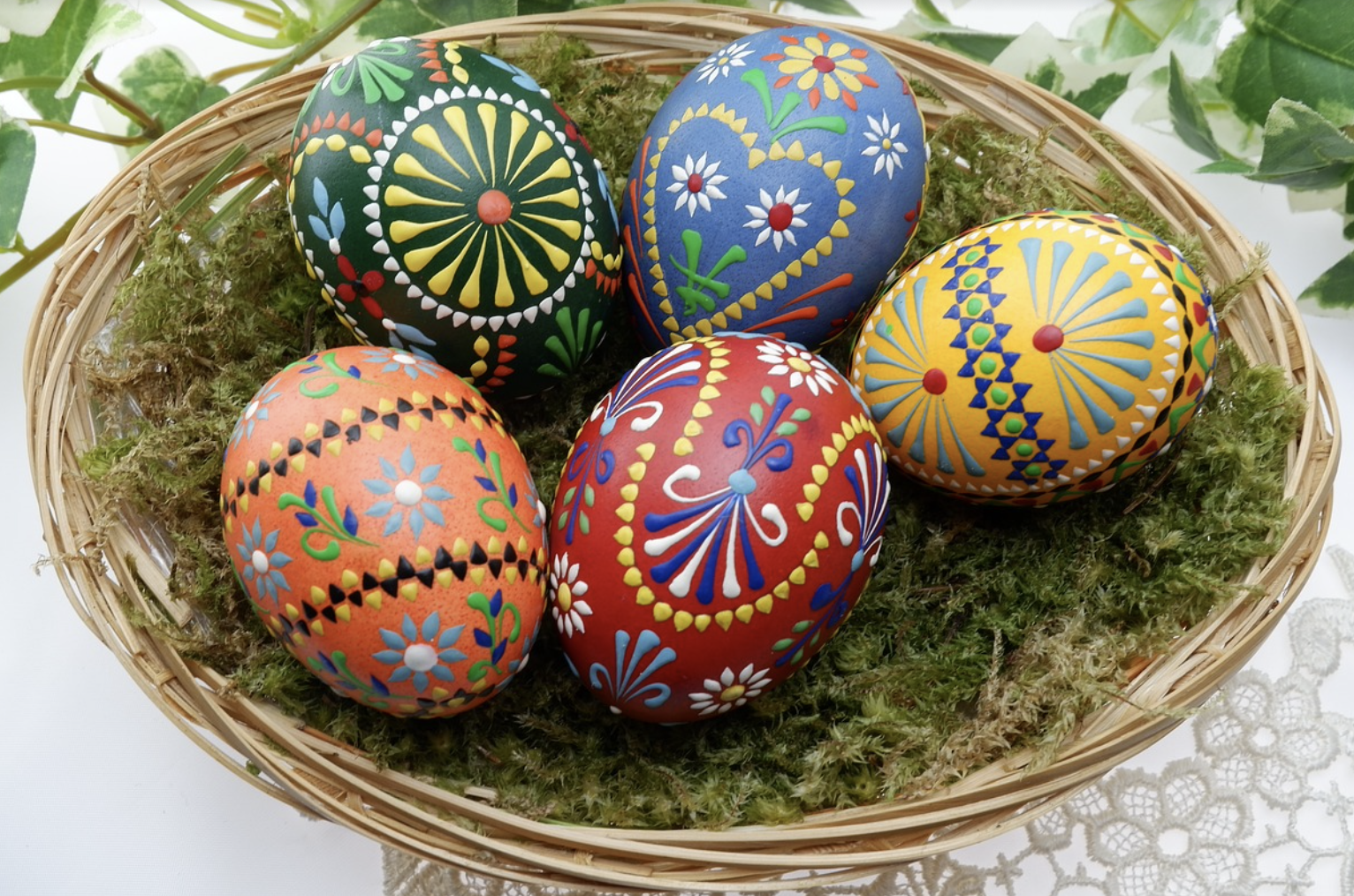Sunday is the Christian festival honoring Christ’s resurrection and. is considered by many people the world over to be the most important religious observance. It is a day of rejoicing for all Christian faiths.
The word Easter first came into use in A.D. 735. Easter, or Easter, was the Teutonic goddess, the deity of both the dawn and spring. The word was trans referred to the holiday we now celebrate when the Saxons began to commemorate Christ’s resurrection. Easter falls on the first Sunday following the first full moon after the spring equinox.
Constantine the Great ordered the court to wear their finest garments on Easter, which may have been the beginning of the Easter parade. Even today, it is customary to have a new outfit and bonnet to wear to church on Easter Sunday.
New clothes, Easter bunnies, chicks, lilies, and other Easter trappings are all symbols of the real meaning of Easter, the resurrection, and life everlasting. A sunrise service, frequently held out of doors, is the highlight of the year in many churches.
Eggs are associated with Easter and are symbols of the resurrection. Eggs hold the seeds of life and represent fertility. Coloring eggs goes back to ancient times when eggs were dyed for spring festivals. Eggs in medieval times were dyed red in memory of the blood that Christ shed. In many European countries, egg decorating is a fine art, especially in Russia and Ukraine. Several days are spent decorating just one egg.
Folklore has it that an Easter egg with two yolks is a sign of coming financial prosperity, and refusing the gift of an Easter egg endangers your friendship with the giver. In China today, a brilliant red egg is sent as a sign of happiness to friends and relatives when a child is born.
The Easter rabbit tradition originated in Germany. Since rabbits are so prolific, they are said to be symbols of fertility. Tales were told that the Easter bunny laid the eggs for which the children searched in the grass.
